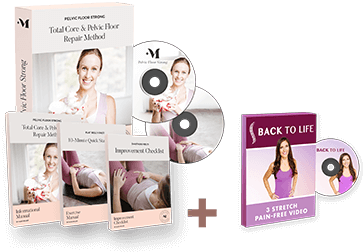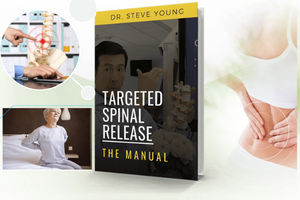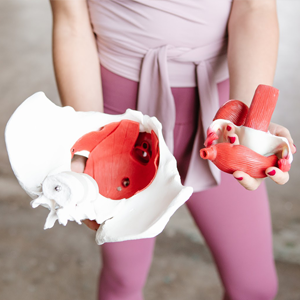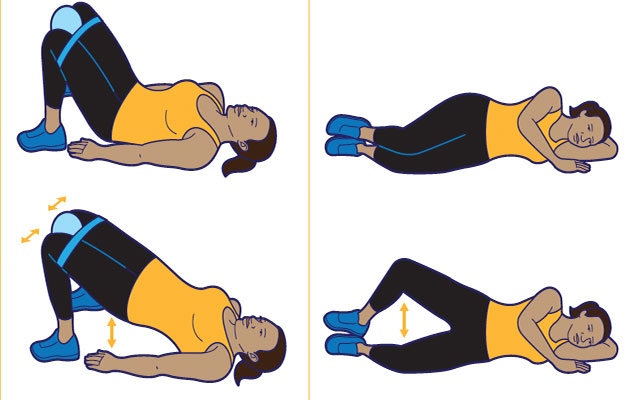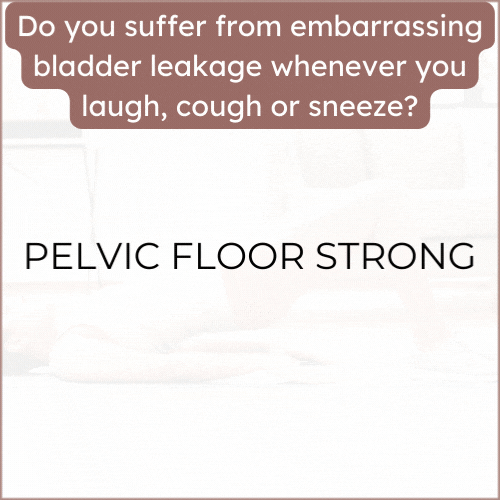Kegel Exercises: A How To Guide For Women
Kegel exercises are a form of pelvic floor muscle training that can be beneficial for women. They help strengthen the muscles that support the uterus, bladder, small intestine, and rectum. Performing Kegel exercises regularly can help improve bladder control, prevent urinary incontinence, enhance sexual satisfaction, and promote pelvic health.
Here's a step-by-step guide on how to do Kegel exercises:
- Identify the right muscles: The first step is to locate your pelvic floor muscles. These are the muscles you use to stop the flow of urine midstream or to tighten your vagina during sexual activity. You can also try inserting a clean finger into your vagina and contracting the muscles around it. If you feel a tightening sensation, you've found the right muscles.
- Find a comfortable position: You can perform Kegel exercises in various positions, such as lying down, sitting, or standing. Choose a position that is comfortable for you and allows you to access your pelvic floor muscles easily.
- Contract the muscles: Once you're in a comfortable position, contract your pelvic floor muscles by squeezing and lifting them. Imagine as if you're trying to stop the flow of urine or squeeze a tampon. Make sure to focus only on the pelvic floor muscles and avoid tensing your abdomen, buttocks, or thighs.
- Hold the contraction: Hold the contraction for about 3 to 5 seconds initially, and gradually work your way up to 10 seconds as your muscles get stronger.
- Release and relax: After holding the contraction, slowly release the muscles and relax for a few seconds.
- Repeat the exercise: Repeat the contraction and relaxation sequence for about 10 to 15 times in one session. Aim to perform at least three sessions of Kegel exercises throughout the day.
- Gradually increase intensity: As your pelvic floor muscles become stronger, you can increase the intensity of the exercise. Try to contract the muscles as strongly as possible while maintaining the proper technique.
- Be consistent: Like any form of exercise, consistency is key. Make Kegel exercises a part of your daily routine. It may take several weeks or even a few months to notice significant improvements, so be patient and persistent.
Tips:
- Breathe freely throughout the exercise and avoid holding your breath.
- Avoid tightening your abdomen, buttocks, or thigh muscles.
- If you're having trouble identifying the correct muscles or need additional guidance, consider consulting a healthcare professional, such as a gynecologist or a physical therapist specializing in pelvic floor rehabilitation.
Remember that Kegel exercises are not a one-size-fits-all solution. If you have specific medical conditions, such as a prolapsed uterus or severe pelvic pain, it's important to consult your healthcare provider before starting these exercises. They can provide personalized advice and guidance based on your individual needs.








